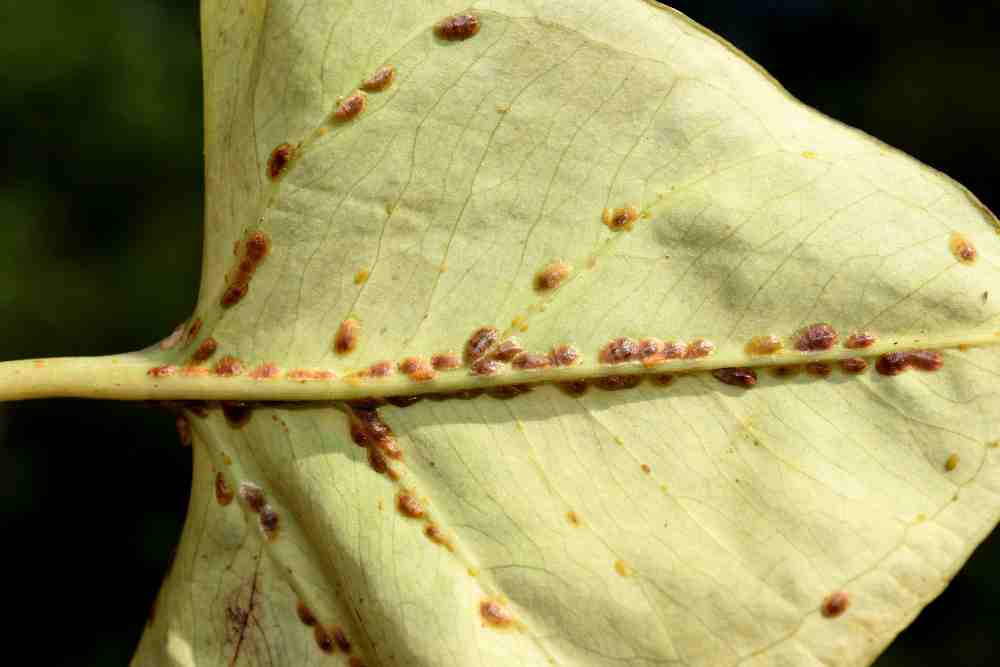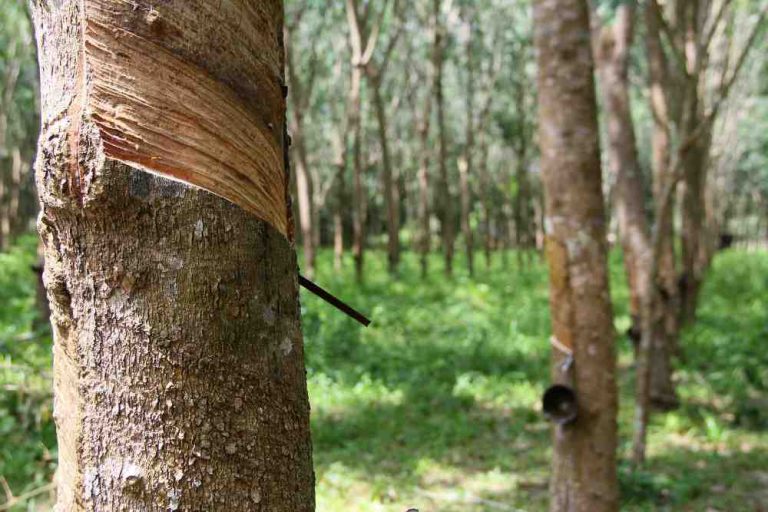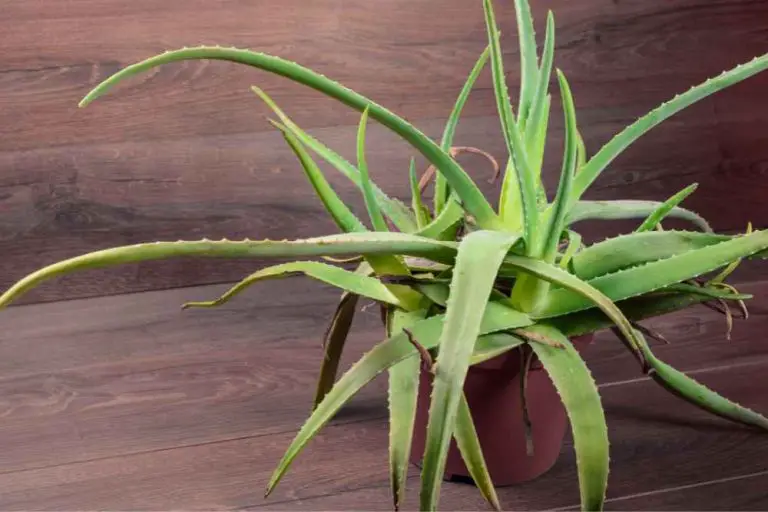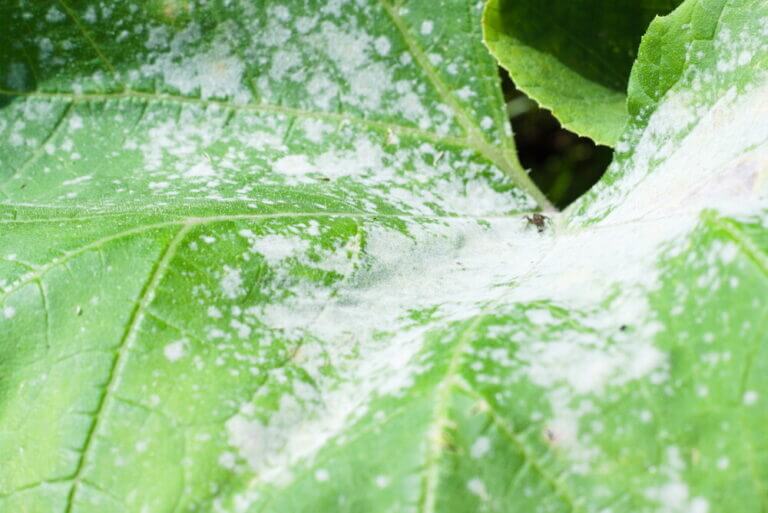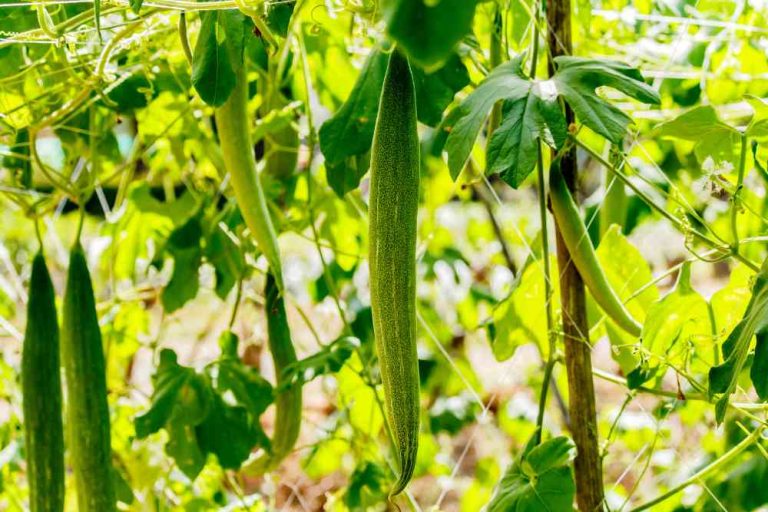How to Identify and Control Scale Insects: A Comprehensive Guide for Healthy Plants
Scale insects refer to a large group of insects common on ornamental trees, vegetable crops, plants, and shrubs. They belong to the superfamily Coccoidea. Hard or armored scales (family Diaspididae), feeling scales (Eriococcidae), soft scales (family Coccidae), ground pearls, or margarodid scales (family Margarodidae), mealybugs (family Pseudococcidae), and other minor groupings are among the more than 20 scale insect families found worldwide. The most frequent scale kinds are armored and soft scales.
Typical Damage Caused By Scale Insects
Scale insects feed on the young, growing tips of a variety of trees and shrubs, garden plants, and houseplants. When vast numbers of these insects feed on plants that have already been compromised by environmental conditions like drought or disease, they can cause significant damage. Scales use their piercing-sucking mouthparts to extract plant fluids.
Feeding of scales on leaves may cause them to yellow, and plants may appear water-stressed. Infected fruits become blemished or distorted, particularly if infestations occur when the fruit is developing.
Heavy infestations can cause branches and stem to die. Unhealthy plants may die. Certain scale insects create a lot of sticky stuff called honeydew at times (an excess of liquid and sugar expelled from their bodies). Honeydew can act as a growth medium for a black sooty mold fungus, which is unsightly and can make the plant unsellable.
Honeydew is secreted by soft scales, cottony cushion scale, European elm scale, and a few other scales. Armored scales, oak pit scales, and sycamore scales do not excrete honeydew. When large populations occur, certain scales grow to become quite prolific. They are then found all over infested plant tissue.
Scale Insects Life Cycle
Scale insects have four distinct life stages (egg, immature nymphs, adult) and may complete several generations in a single year. Adult females frequently develop eggs in a cottony substance and, in many cases, remain in this state throughout the harsh winter months.
Most species have mobile-first instar nymphs (tiny crawlers), which are yellow to oranges in most species. Crawlers walk over the plant surface. As they are very light in weight, they are moved to other plants by wind or are inadvertently transported by people or birds.
They are typically quite little, measuring between 0.5 and 1 mm in length, with functional legs and antennae. Within a day or two of emergence, crawlers settle down and begin feeding. As they grow into adults, settled nymphs may spend their entire lives in the same place. Nymphs of some species can move slowly. Adult scales look like larger versions of their nymphs, only they can reproduce. Adult male scales have a slightly different shape than female scales and go through a small, winged stage.
They are smaller than females in general. Although scales always have working legs, certain creatures lack wings. Males have a brief lifetime, don’t eat, and are only here to mate with females. Females have a rather extended life span, possibly surviving for several weeks or months in ideal conditions. Reproduction is adults’ primary task, and they tend to do it well; many of them can lay hundreds of eggs in their lifetime.
Scale Insects Monitoring
All pests, diseases, and general plant health require constant monitoring. It gives you the information you need to make good management decisions. Visual inspections should include turning over leaves, searching for black sooty mould, female scales, nymphs, honeydew, other pests, and the presence of ants on plants when monitoring for scales.
To catch crawlers as they migrate to new growth, use double adhesive tape near-adult scales. Keep an eye on the scale eggs for a hatch every few days. Remember that emergence times vary based on your region and seasonal weather conditions, so don’t rely on other sources or places for information. Keep an eye on your own plants and crops.
Scale Insects Management
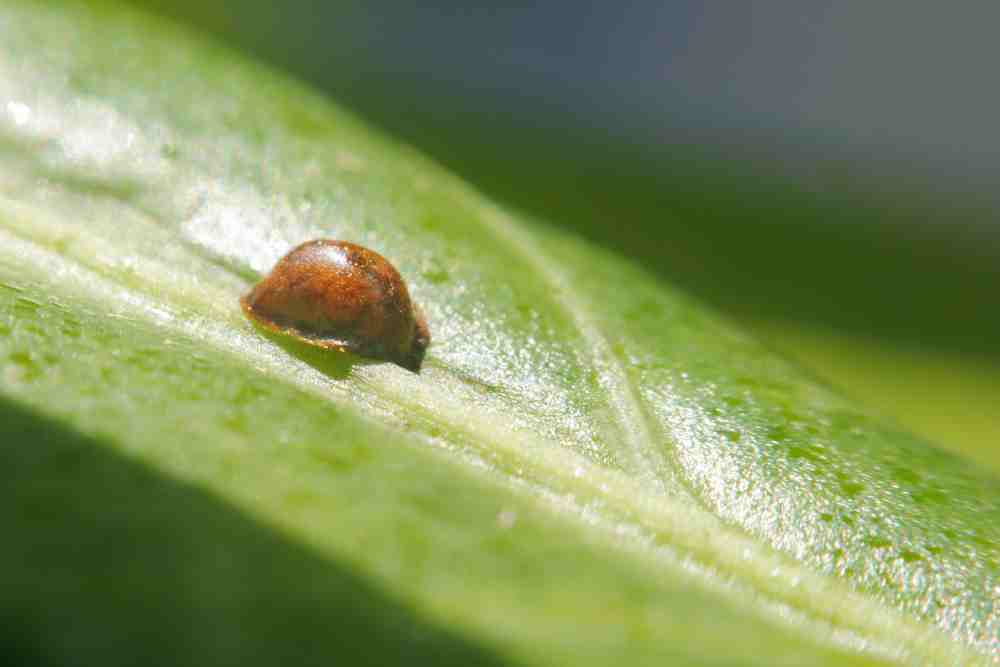
- Scale insect management should prioritize preventing infestations and regulating populations before they cause financial harm. Once established, scale insects are difficult to manage because they are often pesticide resistant or protect their larvae from contact.
- Provide good growing conditions and cultural care for plants, particularly suitable irrigation.
- Monitor plants regularly and prune off heavily infested twigs and branches if they are limited to a few parts of small plants.
- Always propagate new plans from clean mother stock plants.
- Remove crop debris and disinfest the growing area after removing a consignment of plants that have had scale insects with a suitable product. On crop debris and in egg masses that have fallen off plants, the scale can survive for weeks. This cultural practice will also reduce other pests and diseases that may be lingering from previous crop cycles.
- Avoid the movement of infested plant material within the growing area.
- Keep the growing area and surrounding areas free of weeds.
- Control ants if they are tending to scales.
- Place enclosed pesticide baits (insecticide mixed with an attractant) near nests or on ant trails beneath plants.
- When using chemicals to control scales completely read and follow the product label instructions for the safe and effective use of the insecticide.
- Systemic insecticides are used to control scale insects that feed with piercing-sucking mouthparts inserted into plant tissues. Systemic insecticides are applied either as a root drench or as a foliar spray, where the insecticide concentrates on leaves. Scale insects feed on phloem tissue rather than xylem tissue. As a result, these pesticides have little effect on phloem feeders. Direct spray and root drench applications of systemic insecticides are both lethal to scale insects because of the way these insecticides accumulate in the leaves.
- Follow product labels when using oils, which may state that particular plant species should not be sprayed or that oil should not be mixed with certain other items. Oil should not be used in conjunction with chlorothalonil, sulfur, or certain other fungicides, and should not be applied within 3 weeks of applying sulfur-containing chemicals such wettable sulfur.
- Do not use oil or other insecticides when it is foggy, below 32°F, hot (above 90°F), relative humidity is above 90%, or rain is forecast in the next 24 hours. Make sure plants are fully hydrated before spraying foliage, especially in hot weather areas.
- 29 Bucket Gardening Ideas for a Lush, Compact Garden - October 30, 2024
- 20+ Chic Boho Bedroom Ideas for a Cozy and Stylish Retreat - June 20, 2024
- 12+ Modern Boho Living Room Ideas to Create a Unique Oasis - June 10, 2024

